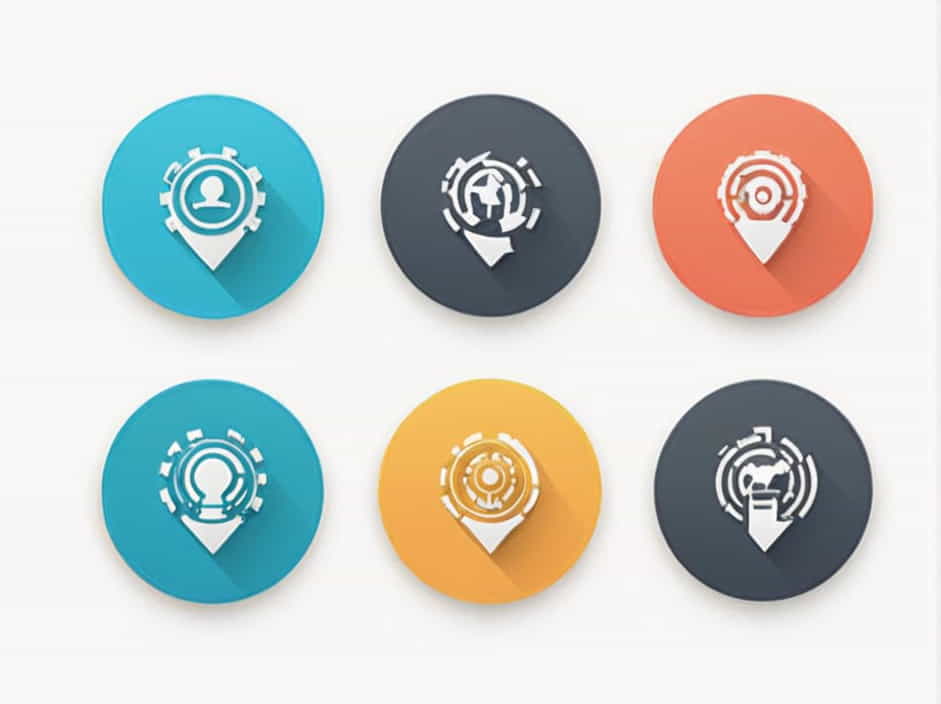An extemporaneous speech is a type of speech that is carefully prepared but delivered naturally without reading from a script. Unlike impromptu speeches, where speakers have no preparation time, extemporaneous speeches allow speakers to organize their thoughts in advance while maintaining a conversational and engaging delivery.
Having a well-structured outline is essential for delivering an effective extemporaneous speech. It helps speakers stay on track, highlight key points, and connect with the audience. This topic provides a sample outline for an extemporaneous speech, along with tips on how to make your delivery impactful.
Why Use an Outline for an Extemporaneous Speech?
A structured outline ensures that your speech is coherent, logical, and engaging. It helps in:
- Organizing ideas clearly for better flow.
- Reducing filler words and nervousness by providing a roadmap.
- Allowing flexibility to adapt to audience reactions.
- Enhancing engagement through eye contact and natural movement.
Let’s break down a sample outline for an extemporaneous speech using the standard speech structure: Introduction, Body, and Conclusion.
1. Introduction
The introduction is your chance to grab attention, introduce your topic, and establish credibility.
A. Attention Getter
Begin with an engaging hook:
- A question: “Have you ever wondered how technology is shaping our future?”
- A quote: “Albert Einstein once said, ‘The measure of intelligence is the ability to change.'”
- A story: “Last year, I met a student who struggled with online learning. What happened next changed my perspective on education.”
- A statistic: “According to research, over 80% of people fear public speaking more than death.”
B. Relevance to Audience
Explain why the topic matters:
- “This issue affects all of us because we live in an era where digital transformation is constant.”
- “Understanding this concept can help us make informed decisions about the future.”
C. Establish Credibility
- “As someone who has researched this extensively, I have gathered insights that will help us navigate this challenge.”
- “Based on my experience working in this field, I want to share some valuable takeaways with you.”
D. Preview of Main Points
Give a brief overview of what you’ll discuss:
- “Today, I will cover three key aspects: first, the impact of technology on education; second, its challenges; and finally, possible solutions.”
2. Body
The body contains the main ideas and supporting details. Use a logical structure such as chronological order, problem-solution, or cause-effect.
A. Main Point 1: Impact of Technology on Education
1. Explanation
- “Technology has transformed education, making learning more accessible.”
2. Example
- “For instance, during the pandemic, online learning platforms allowed students to continue their education.”
3. Supporting Data
- “Studies show that e-learning increases retention rates by up to 60% compared to traditional learning.”
4. Transition Statement
- “While technology has benefits, it also comes with challenges that need to be addressed.”
B. Main Point 2: Challenges of Technology in Education
1. Explanation
- “Despite its advantages, technology also creates a digital divide, where not everyone has equal access to learning tools.”
2. Example
- “Many students in rural areas struggle due to lack of internet connectivity and resources.”
3. Supporting Data
- “According to UNESCO, over 40% of students worldwide do not have access to online education.”
4. Transition Statement
- “Now that we understand the challenges, let’s explore potential solutions.”
C. Main Point 3: Possible Solutions
1. Explanation
- “To bridge the digital divide, governments and organizations must invest in better infrastructure and affordable technology.”
2. Example
- “Initiatives like free Wi-Fi zones and low-cost learning devices can make a difference.”
3. Supporting Data
- “Research indicates that providing affordable internet access can increase literacy rates in underprivileged communities.”
4. Transition to Conclusion
- “By implementing these solutions, we can ensure that technology benefits everyone.”
3. Conclusion
A strong conclusion reinforces your message and leaves a lasting impression.
A. Summary of Main Points
- “In summary, we explored the impact of technology on education, its challenges, and solutions to bridge the digital divide.”
B. Restate the Importance of the Topic
- “As technology continues to evolve, it is crucial to ensure that no one is left behind in education.”
C. Call to Action
- “I encourage all of you to advocate for digital inclusivity and support initiatives that promote equal access to education.”
D. Memorable Closing Statement
- “Education should be a right, not a privilege. Let’s work together to make learning accessible for everyone.”
Tips for Delivering an Extemporaneous Speech Effectively
1. Practice Without Memorizing
- Focus on understanding your key points rather than memorizing word-for-word.
- Rehearse by discussing your topic naturally with friends or family.
2. Use Natural Body Language
- Maintain eye contact with the audience.
- Use hand gestures to emphasize points.
- Move around the stage naturally, but don’t pace excessively.
3. Control Your Pace and Tone
- Speak clearly and at a moderate speed.
- Use pauses for emphasis and to allow key points to sink in.
4. Engage with Your Audience
- Ask rhetorical questions.
- Respond to audience reactions with enthusiasm.
- Relate your topic to their experiences.
5. Adapt to the Audience’s Response
- If they seem engaged, build on their energy.
- If they look confused, simplify your explanation.
An extemporaneous speech is a powerful way to communicate ideas with both structure and spontaneity. By using a well-organized outline, you can effectively deliver your message while maintaining a natural and engaging speaking style.
Whether you’re preparing for a speech competition, business presentation, or classroom discussion, following this outline will help you stay confident, clear, and impactful. With practice and preparation, you can master the art of extemporaneous speaking and captivate any audience!
